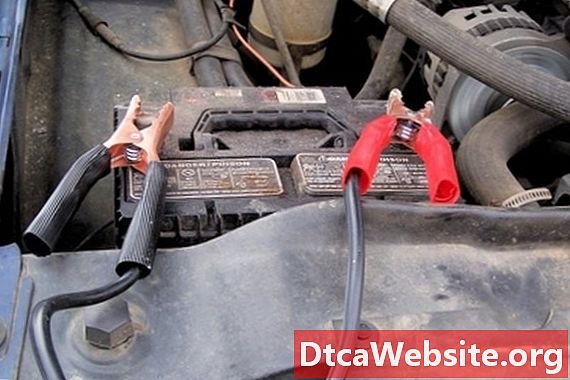
Contenu

Variable valve timing hit the scene a few decades ago as a means to eliminate one age-old dilemma in engine design: do you tune the engine to be civilized and friendly, or ill-mannered but powerful? Now, with VVT and cam phasers, engineers can do both.
VVT and Cam Phasers
Most of an engines character comes from how far its intake and exhaust valves open, how long the stay open, and when they open and close. If you open the valves more and a little later, and keep them open for longer, you get a rumpety, muscle-car idle and high-rpm horsepower. Do the opposite, and you get a more civilized engine with a steady idle, good low-rpm torque, superior fuel economy and lower emissions. Traditionally, valve timing in all its aspects has been controlled by a camshaft with carefully calibrated lobes that pushed the valves open at exactly the right time. Cam phasers control one aspect of this cam timing: the camshafts position relative to the crankshaft, and thus the pistons connected to it. If you "advance" or turn the cam slightly relative to the crankshaft, the valves will open and close sooner relative to the piston coming up in the bore. This cam advance makes for a civilized engine, but its bad for top-end horsepower. "Retarding" the cam, turning it so the valves open and close late, is better for horsepower but worse for everything else. Back in the early days, engine builders would set a certain amount of cam advance or retard while building the engine; sometimes theyd do it by moving the whole cam sprocket gear one tooth forward or backward on the timing chain, other times theyd do it with aftermarket adjustable sprockets that could be rotated relative to the camshaft itself. A "cam phaser" is just an adjustable camshaft sprocket that can be turned by means of a computer-controled servo. Rather than just setting a certain amount of advance or retard, the computer can advance the cam or cams at low rpm to enhance driveability, and retard the cam or cams at high rpm for more horsepower. Additionally, dual-overhead-cam engines, with one cam for the intake valves and another for the exhaust, can use these cam phasers to change their position relative to each other. This can allow the computer to increase or decrease "valve overlap" -- the amount of time both the intake and exhaust valves are open simultaneously. Less valve overlap makes for a more civilized and efficient engine, and more valve overlap helps with high-rpm horsepower.


